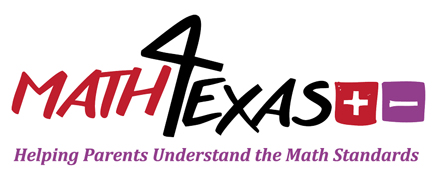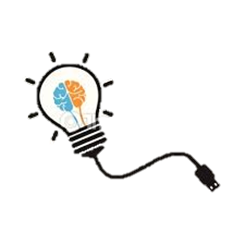T.i.P.S.
-
 For this standard, it is important to point out that not all students may have experiences with debit or credit cards, and may have families who deal with cash only. Students may have misconceptions that all plastic cards are credit cards.
For this standard, it is important to point out that not all students may have experiences with debit or credit cards, and may have families who deal with cash only. Students may have misconceptions that all plastic cards are credit cards.
This standard will help students understand the fundamental differences between debit and credit cards. It is important to note students need to understand that debit cards are linked to an account that you have put money into, and money is withdrawn each time you use it. On the other hand, credit cards are borrowed money, and you must pay it back. There is a limited amount of time you have to pay it back, and you must pay it back with interest (pay back more than you originally borrowed).
Example
Digital Tools
-
Click on the following links for interactive games.
Resources
-
Click on the following links for more information.
TEKS
-
6.14 Personal financial literacy. The student applies mathematical process standards to develop an economic way of thinking and problem solving useful in one's life as a knowledgeable consumer and investor. The student is expected to:
(C) balance a check register that includes deposits, withdrawals, and transfers





 Click
Click 

